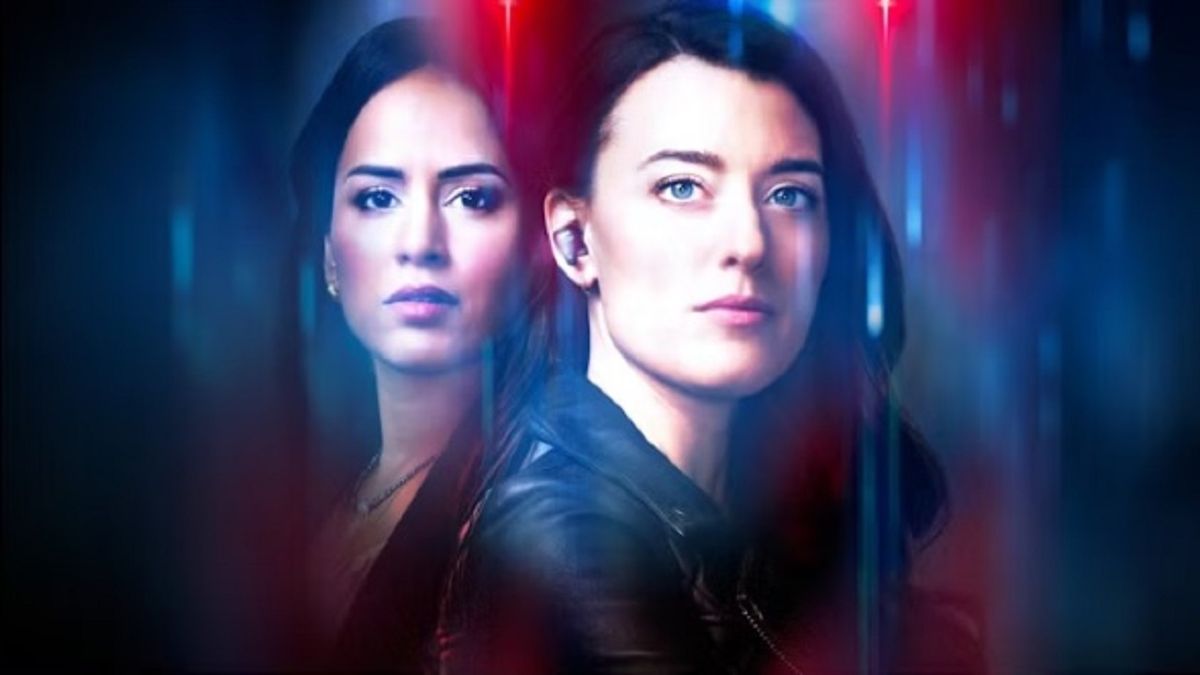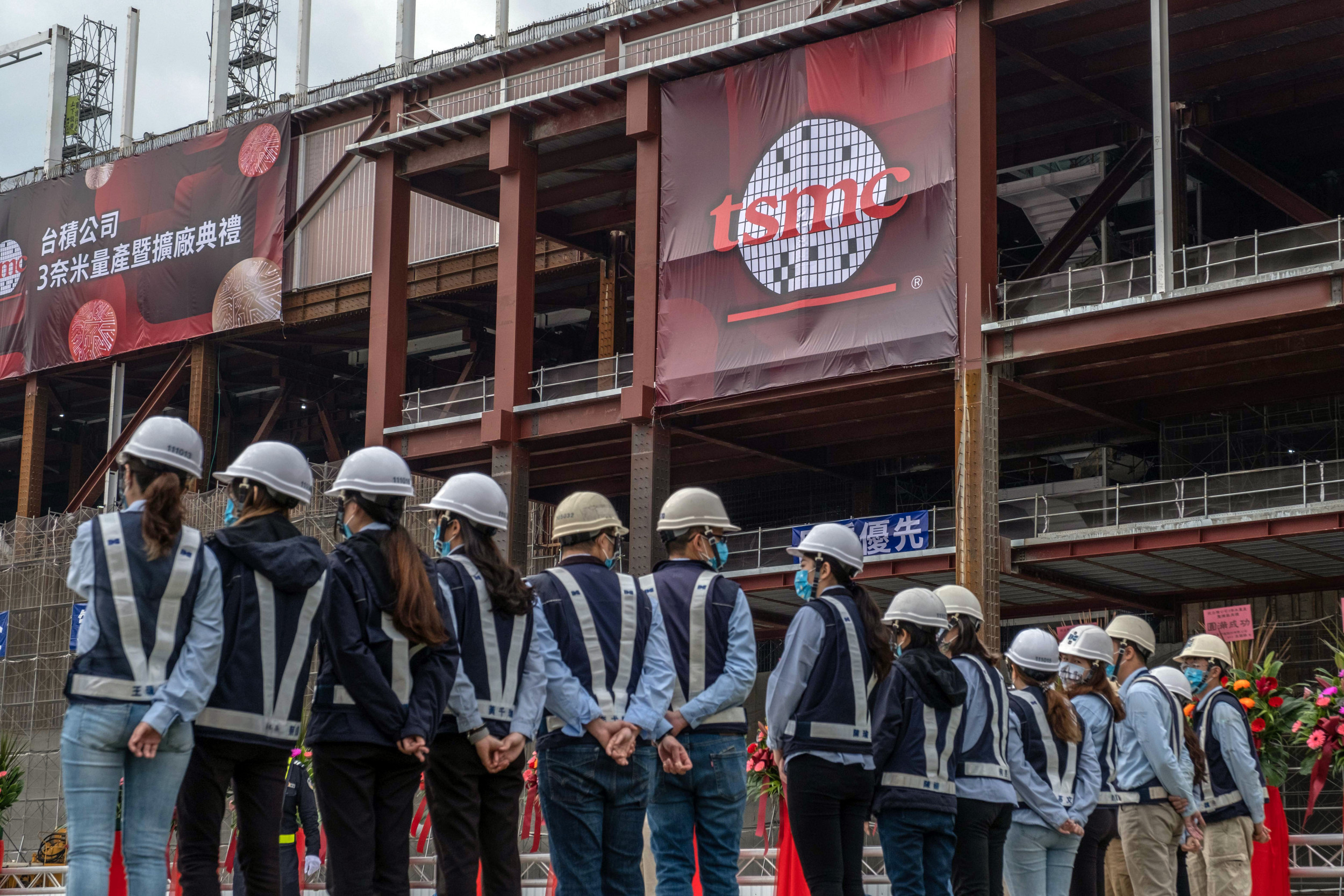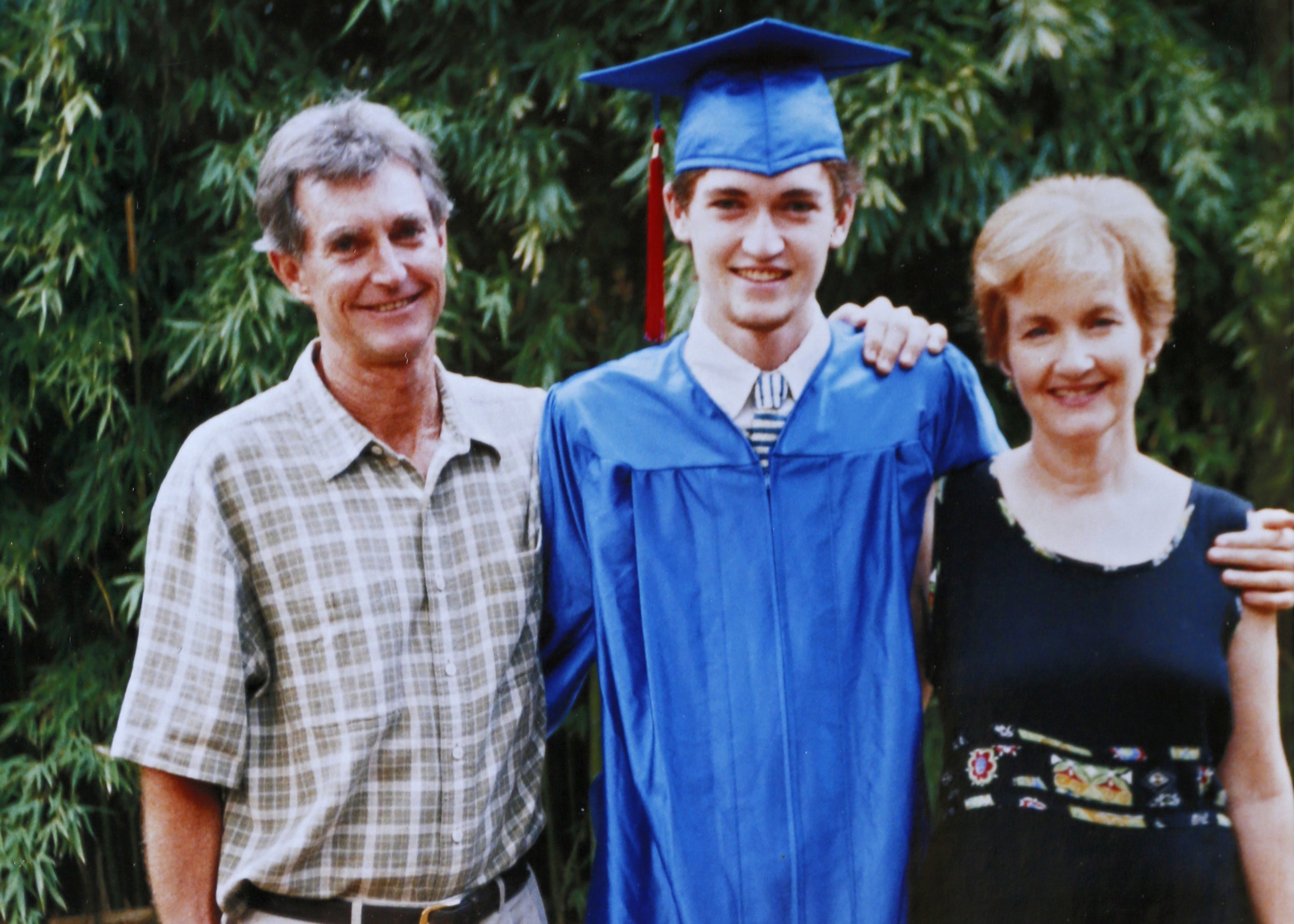How do you unravel a lie and, harder yet, the official story that’s been built up around it? This is the immense question propelling The Stringer, Bao Nguyen’s quiet bombshell of a documentary. At its center is a famous photograph that became a shot heard round the world during the Vietnam War, and the small team of journalists that set out, 50 years later, to determine if it was attributed to the wrong photographer.
A chronicle of globe-trotting gumshoe reporting that incorporates, briefly and effectively, state-of-the-art visual forensics, The Stringer builds upon an intense undercurrent of emotion. Nguyen has made a stirring film that is less about geopolitics than workplace politics — and ultimately about the knotty bond between the two.
The Stringer
The Bottom Line Clear-eyed and explosive.
Venue: Sundance Film Festival (Premieres)
Director: Bao Nguyen
Screenwriters: Terri Lichstein, Fiona Turner, Gary Knight, Graham Taylor
1 hour 40 minutes
Deeply embedded in the cultural history of both the United States and Vietnam, the photograph, officially titled “The Terror of War” and informally known as “Napalm Girl,” was taken on June 8, 1972, in the immediate aftermath of a “friendly fire” bombing, a disastrous mistake by South Vietnamese pilots that ravaged the village of Trang Bang. Within the viewfinder’s frame, a group of children flee their burning homes, at their center a naked, crying 9-year-old, Phan Thi Kim Phuc.
The napalm burns on Kim Phuc’s back are revealed not in the photograph, but in contemporaneous film footage, excerpted in the doc as it constructs a multifaceted depiction of the interactions between villagers and the handful of photojournalists who were on the chaotic scene that day. Among those documenting the debacle, only one was a staff photographer for AP: 21-year-old Nick Út.
The photo would be credited to the staffer and widely distributed. Út was awarded the Pulitzer, among other honors. Nguyen Thành Nghe, the freelancer who actually took the picture — as The Stringer convincingly concludes — received $20 from AP.
In that pre-digital era, when images of children caught in the horror of warfare weren’t a constant, soul-wrenching social media feed (new tech, same old human folly), a single curated image could land with a powerful jolt. But no one could predict the impact of this one, and there’s no suggestion in The Stringer that the intention was to steal one man’s rightful credit. What took place was something more insidious, almost unconscious, a reflection of the business hierarchy in which freelancers are less valued than staffers, and where local freelancers in the Global South are regarded by Western companies as interchangeable cogs in the machine.
The matter of the photograph’s true authorship was, according to accounts in the film, an open secret among people who were there. For one of them, Carl Robinson, a photo editor in AP’s Saigon bureau at the time, it became a burden, a “50-year-long cover-up” that he was determined to expose as he neared his 80th birthday. His email to photojournalist Gary Knight, whose France-based VII Foundation is devoted to press freedom and education, kick-started the search that unfolds, breakthrough by breakthrough, in the documentary. Knight is joined in his investigation by journalists Fiona Turner, Terri Lichstein and Lê Vân, while Robinson’s Vietnamese wife, Kim-Dung Robinson, helps to gather information.
Robinson, his face crumpled with remorse, describes the split-second combination of management edict and employee compliance that has haunted him since 1972: a deadline decision by AP honcho Horst Faas, the agency’s formidable chief photographer for Southeast Asia, to send the photograph of Kim Phuc out on the wire with Út’s name on it. (Faas died in 2012.) Robinson is not the only interview subject who invokes the need to earn a paycheck as reason for staying mum in the face of a clear injustice. Offscreen, a couple of the journalists who have agreed to speak with Knight on the record eventually renege.
Nguyen (Be Water, The Greatest Night in Pop) and editor Graham Taylor nimbly interweave the interviews with archival footage as well as black-and-white reenactments — brief and dialogue-free evocations of war-era Saigon, when hundreds of international journalists lived and worked in the city. But the filmmaker’s chief concern is the contemporary hunt that took place over two years, from the glittering skyline and War Remnants Museum of Ho Chi Minh City, as Saigon is now called, to the suburbs of California.
Kim Phuc, who heads an aid foundation to help children victimized by war, was not able to appear in the film, according to the filmmakers, but her cousins in Vietnam gather onscreen to look at photographs and share painful memories. “I stayed calm,” one recalls, “and peeled off the bomb pieces that stuck like burnt rice.” Stateside, Nghe’s daughter, Jannie Nguyen, offers piercing memories of a kid’s-eye-view of the photograph and its emotional fallout on her family. The moment when an apologetic Robinson and a hospitalized Nghe meet face-to-face is its own micro-drama, more about what isn’t said than what is.
As The Stringer zeroes in on the personal, a larger political context — the United States’ involvement in Vietnam — is alluded to only in passing, but the dots are there to connect or at least ponder. On that June day, the South Vietnamese pilots were flying American Skyraiders. Nghe mentions his training in U.S Army Signal School as well as his work for the U.S. Embassy and the American military’s Psy-Op branch.
As to Út, who did not participate in the documentary, Knight and his colleagues offer a few sympathetic and charitable words about him and his unasked-for role in a massive case of mistaken identity. It’s true that he didn’t seek unearned glory. But he accepted it, and Nguyen includes pointed glimpses of him basking in a spotlight that, in this context, is badly tarnished. The novelistic depths of the unspoken implications are the stuff of Conrad or Dostoyevsky.
Myth-busting is rarely welcomed with open arms, whether the myth involves the events of a few brief hours or the romanticized notion of the selfless journalist. And we live in an age when even the most compelling evidence is graded on a curve, often along blinkered party lines. The story that Nguyen’s film methodically but sensitively dismantles is an indelible part of the collective unconscious, and a key element of the story of AP. The news agency chose not to be represented onscreen in the documentary, but it did review the material that Knight and his colleagues gathered. Its response, as reported by the filmmakers, will surprise no one who’s ever been gaslighted by an organization. It’s dispiriting nonetheless. Google “napalm girl,” and find the story of Nick Út’s photo-taking heroics alive and well. At least for now.
Full credits
Venue: Sundance Film Festival (Premieres)
Production companies: XRM Media, The VII Foundation, Linlay Productions
Director: Bao Nguyen
Screenwriters: Terri Lichstein, Fiona Turner, Gary Knight, Graham Taylor
Producers: Fiona Turner, Terri Lichstein
Executive producers: Sue Turley, Gary Knight, Grace Lay, Michael Y. Chow, Alex Cotraviwat, Kevin Lin, Nina Fialkow, David Fialkow, Jennifer Pelling, Andrew Reid, Jeremy Gardner, Jeff Zimbalist, James Costa, Trevor Burgess
Cinematography: Andrew Yuyi Truong, Bai Nguyen, Ray Lavers
Editor: Graham Taylor
Music: Gene Back
World sales: Submarine Entertainment
1 hour 40 minutes
THR Newsletters
Sign up for THR news straight to your inbox every day
Subscribe Sign Up




















 English (US) ·
English (US) ·